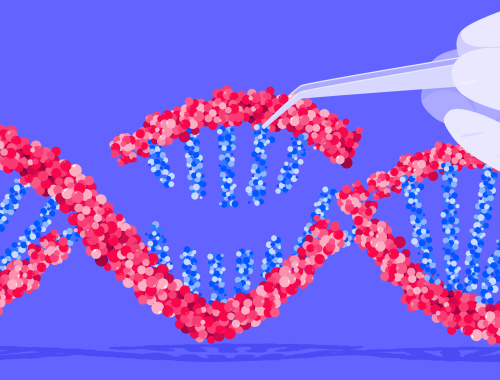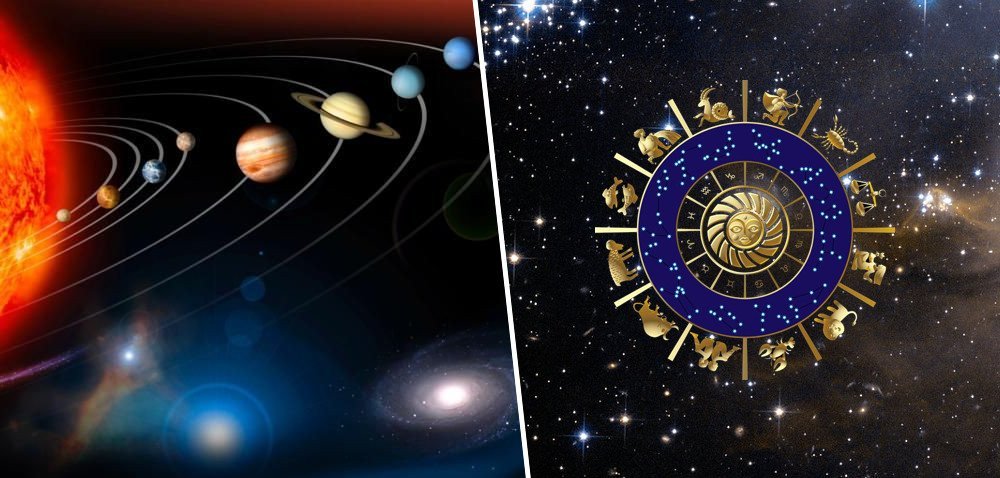
The Origin Of The Universe – The Big Bang And Steady-state Theories
Did the universe originate suddenly in an enormous primeval explosion, billions of years ago or has it always been in the process of creation, without a definite beginning or end?
Exponents of the first idea, called the “big bang theory”, believe that all the matter in the cosmos once formed a compact mass, which some have likened to a huge “atom” of sorts. This mass then exploded, forming a vast fireball. In a few minutes, perhaps, the matter was scattered across immense stretches of space. Today, the stars, galaxies and planets that were formed from this material still have the motion that resulted from the explosion and is speeding away from each other at tremendous velocities. The different elements developed from the primitive matter that exploded. On the other hand, followers of the continuous-creation or “steady-state”, theory say that the universe has always been much the same for long ages and that matter, namely, hydrogen, is constantly being created, apparently from nothing. This material forms the stars and galaxies and arises more or less uniformly throughout the cosmos. In this article series, we shall assess the scientific standing of the big bang and steady-state theories in relation to the latest astronomical research.
Origin Of The Universe

Theories of the universe form a discipline known as cosmology. Einstein was the first truly modern cosmologist – in 1915, he completed his general theory of relativity. It was then applied to the problem of the distribution of matter in space. In 1917 it was determined mathematically that there seemed to be a more or less uniform mass of material which is precariously balanced between the attractive force of gravitation and another, unfamiliar, the force of cosmic repulsion or pushing apart. In 1922, a Russian physicist came up with another solution to the problem, in which repulsion does not play a role, instead there is an expanding universe where all particles are flying away from each other at high speeds. The expansion is constantly slowing because of the attractive force of gravity, earlier the particles had been moving outward even faster. The expansion in this model of the universe started at a unique moment in the past (the so-called “big bang”).
The big bang theory seemed so contrary to the astronomical knowledge of the period, that at first, it attracted little attention. After all, the many stars in the Milky Way galaxy do not seem to be moving away from each other, but instead to be traveling in circular orbits around its massive central region. But in 1929, Edwin Hubble, then an astronomer at the Mount Wilson Observatory, announced that the galaxies he had been observing were in fact receding from us and from each other, at speeds of up to several thousand miles per second. These galaxies, like the Milky Way, apparently keep their internal structure intact over long periods of time – individually they are moving through space, more or less as units or “particles.” The Einstein theory could be applied to galaxies instead of to stars.
To determine the speeds of galaxies, Hubble made use of the Doppler Effect. In examining the light from the galaxies spectroscopically, Hubble noted that the liens were shifted out of their customary positions, toward the red end of the spectrum. He concluded that this was due to the motion of the galaxies away from the earth. Moreover, the greater the speed of recession, the greater was the shift toward the red – the so-called “red shift.” Hubble was able to deduce the velocities of the receding galaxies from the percentage of red shift – he determined that a shift of 1 percent toward the red corresponded to a speed of 1, 860 miles per second, for example.
Such figures (and many more) represent the distances and speeds of galaxies as they appear to us now.
But, what can be concluded from this information? If you are curious enough, you’ll come back for part 2.
You May Also Like

Exploring the Underlying Causes of Genetic Mutations
2023-10-30
Astronomy vs. Astrology – What’s the Difference?
2021-08-25

One Comment
Pingback: